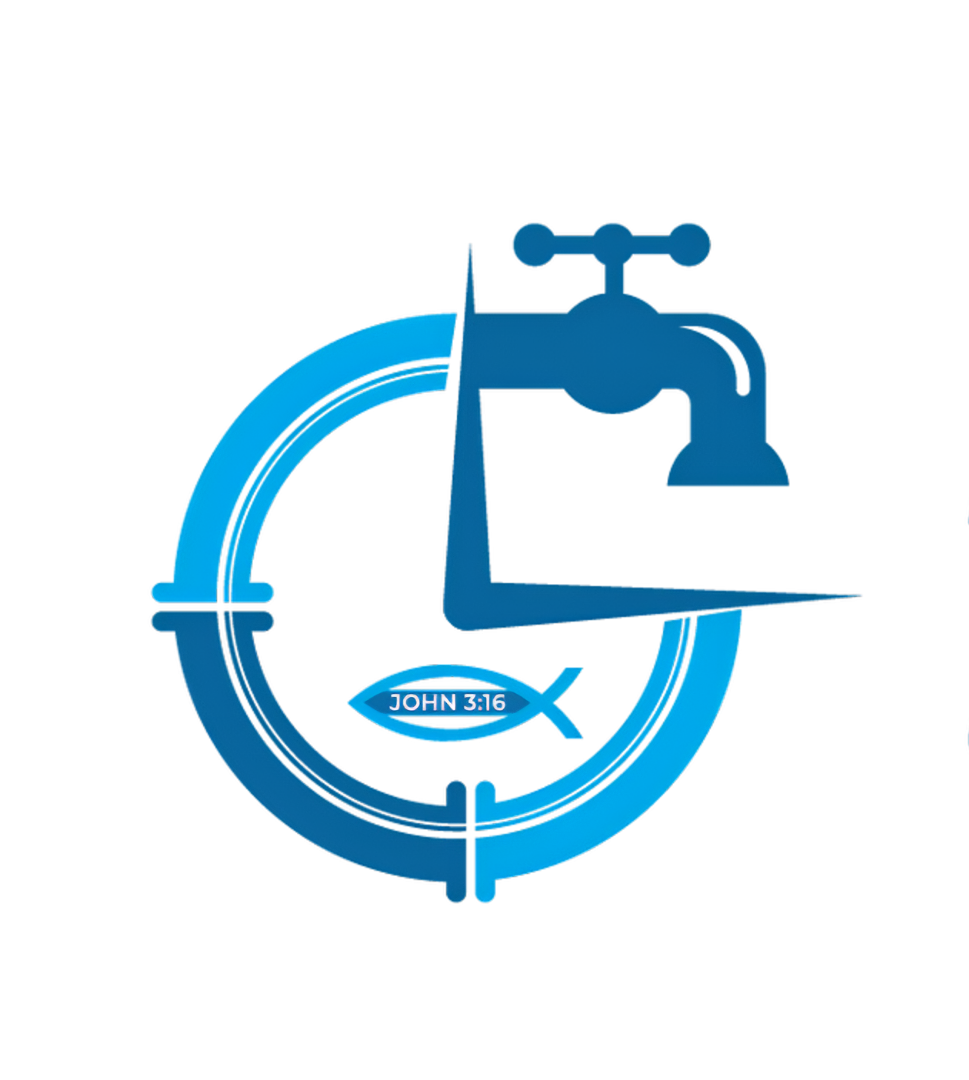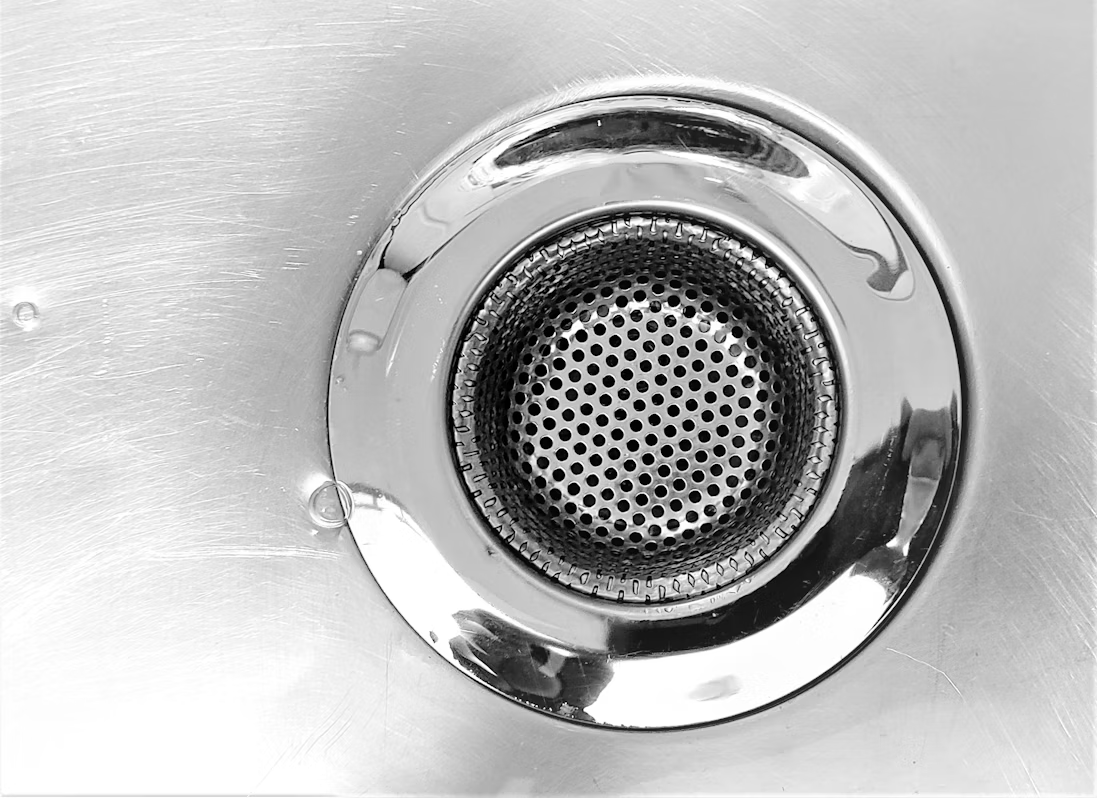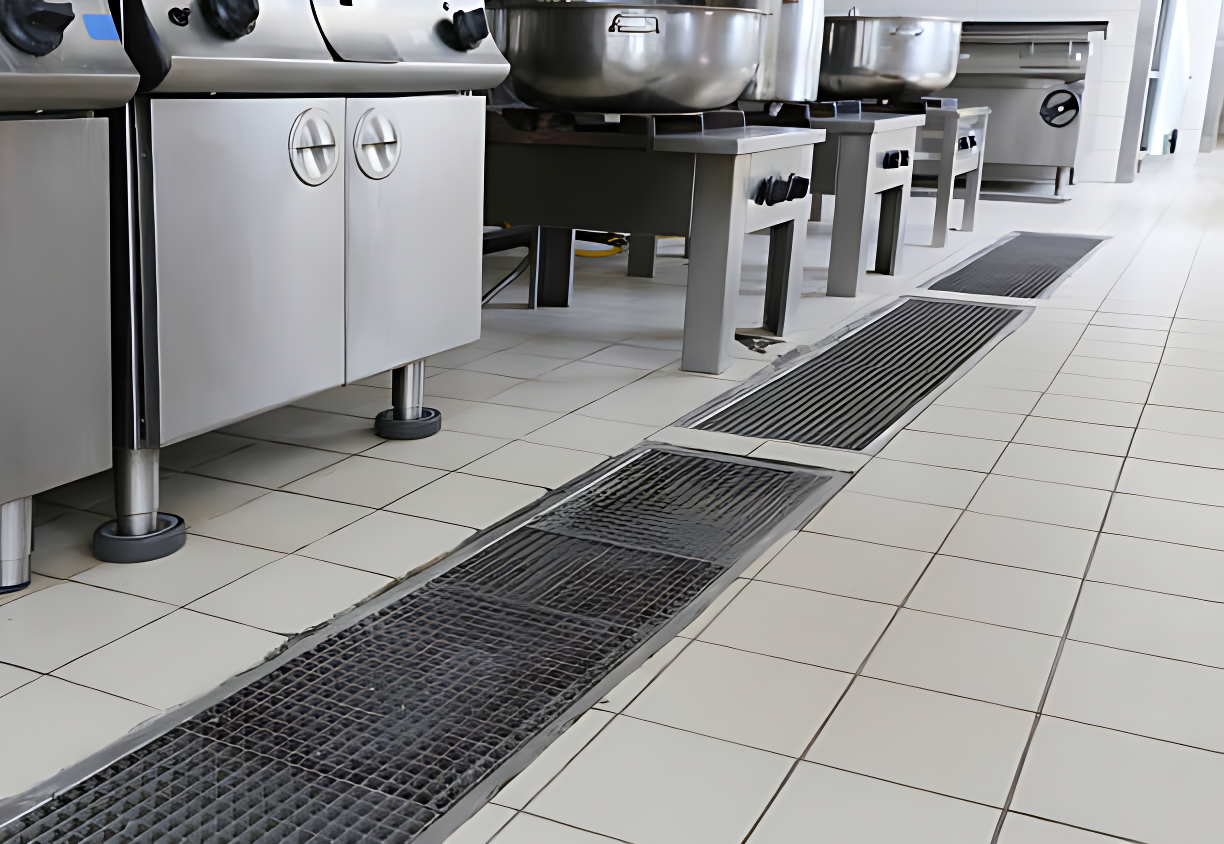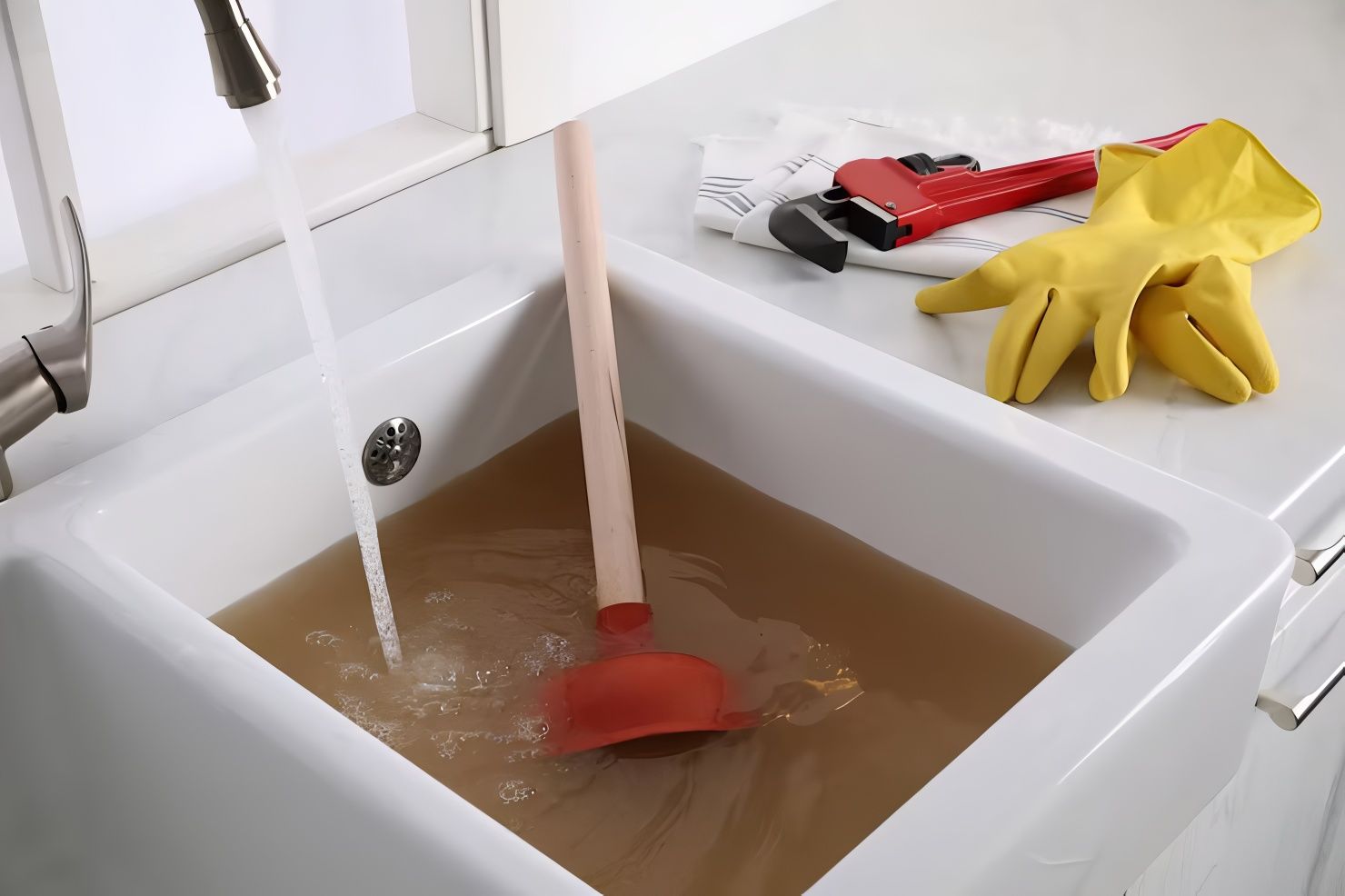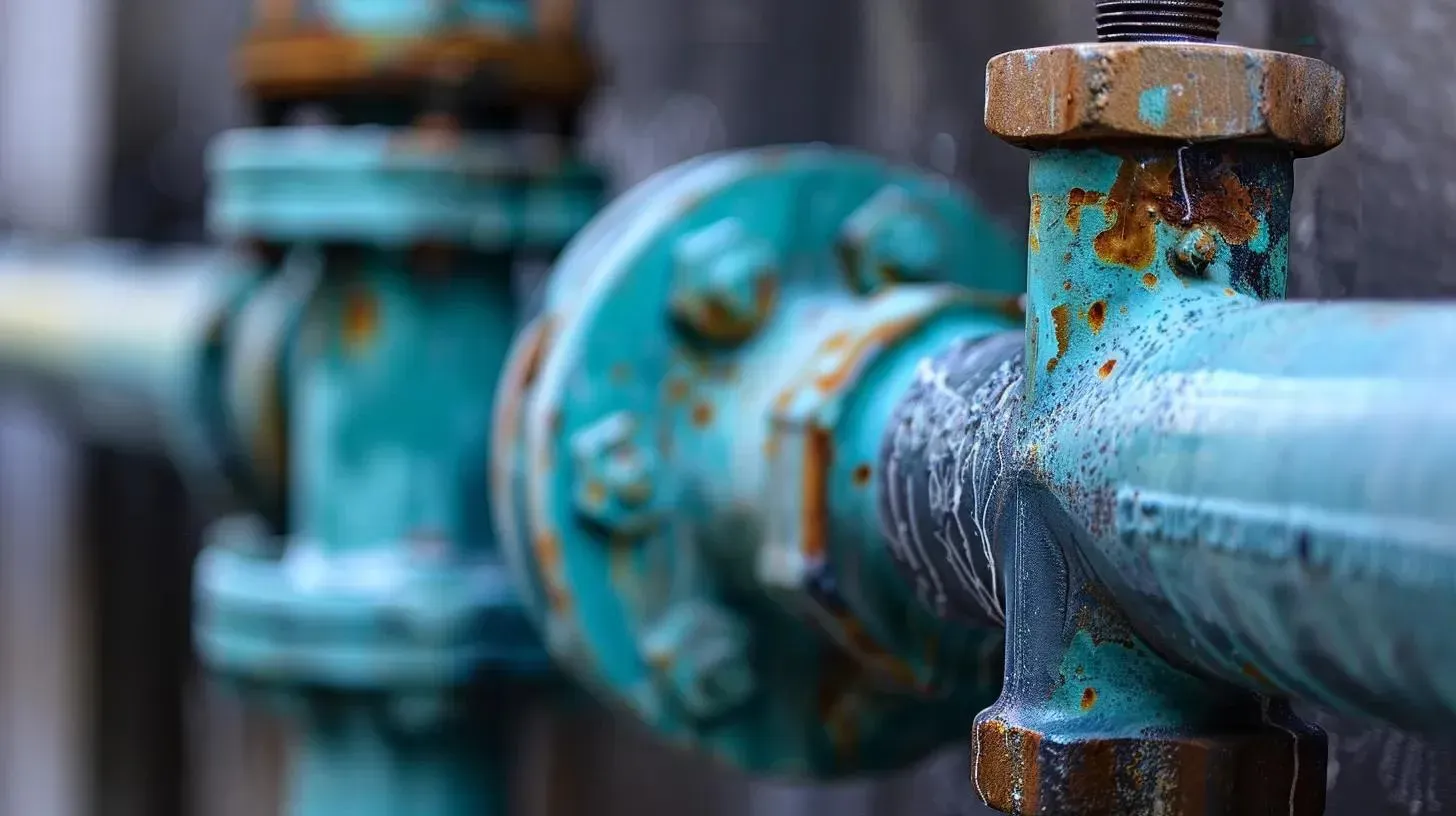How Clogged Pipes Impact Water Quality
Franchesca Reid August 26, 2025
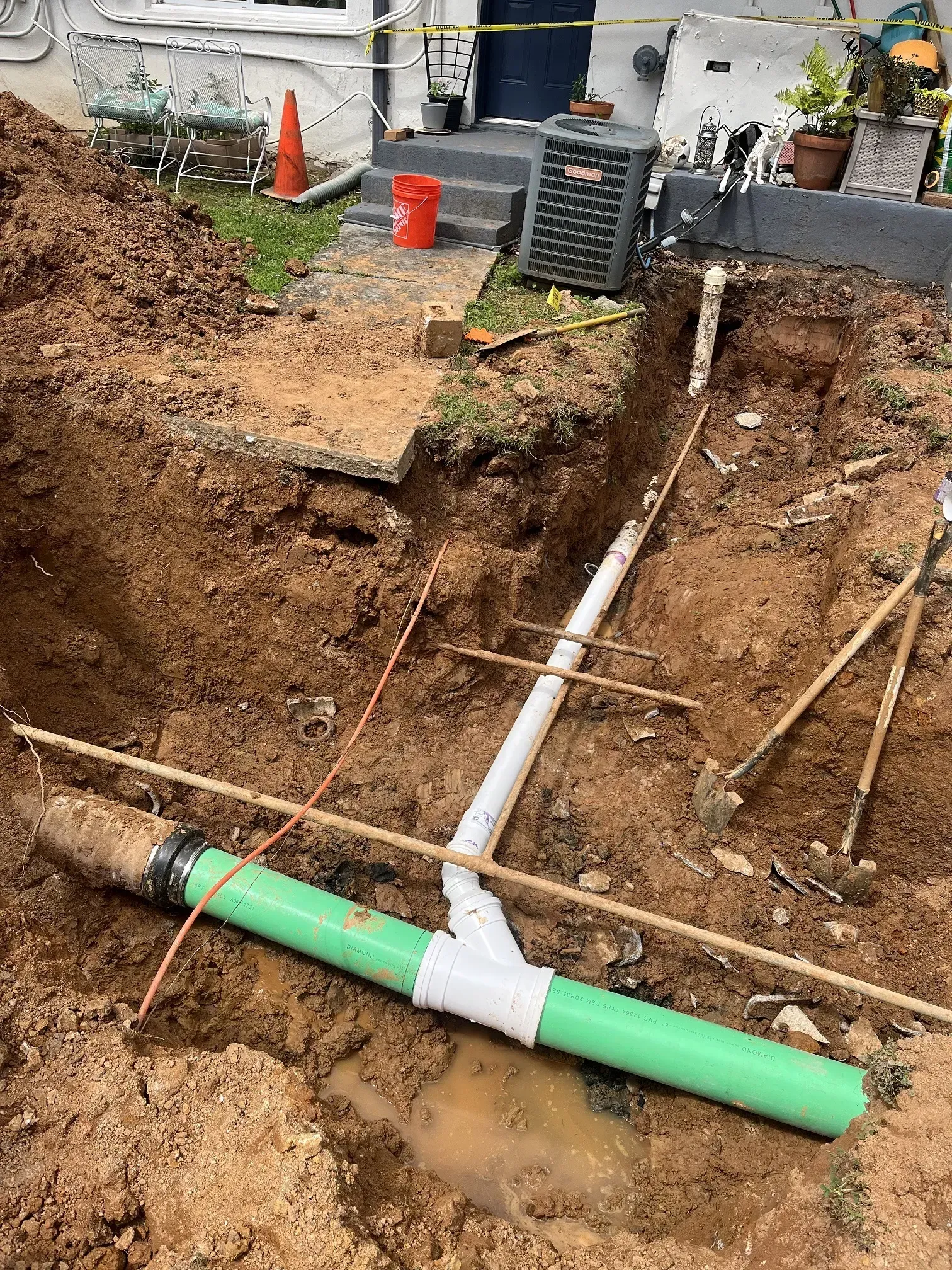
Blocked pipes can seriously disrupt water flow, creating stagnant areas where corrosion and bacteria thrive, directly affecting local residential plumbing and water quality. In this article, we'll discuss the causes of water contamination from clogged pipes in Cumming GA, highlight visible warning signs, outline health risks, explore professional solutions, and offer preventative maintenance tips.
What Causes Poor Water Quality from Clogged Pipes in Residential Plumbing?
Clogged pipes trap debris and minerals, creating environments where contaminants can accumulate and compromise drinking water safety. Homeowners face several key factors that degrade water quality when pipes clog:
- Corrosion → Pipe metal oxidizes → Releases lead, copper, iron
- Sediment Buildup → Mineral deposits accumulate → Harbors bacteria
- Old and Lead Pipes → Lead leaches into water → Raises toxicity levels
- Backflow & Cross-Contamination → Wastewater reverses direction → Introduces pathogens
Each of these culprits undermines water quality at its source and sets the stage for specific contamination pathways.
How Does Pipe Corrosion Introduce Contaminants into Water?
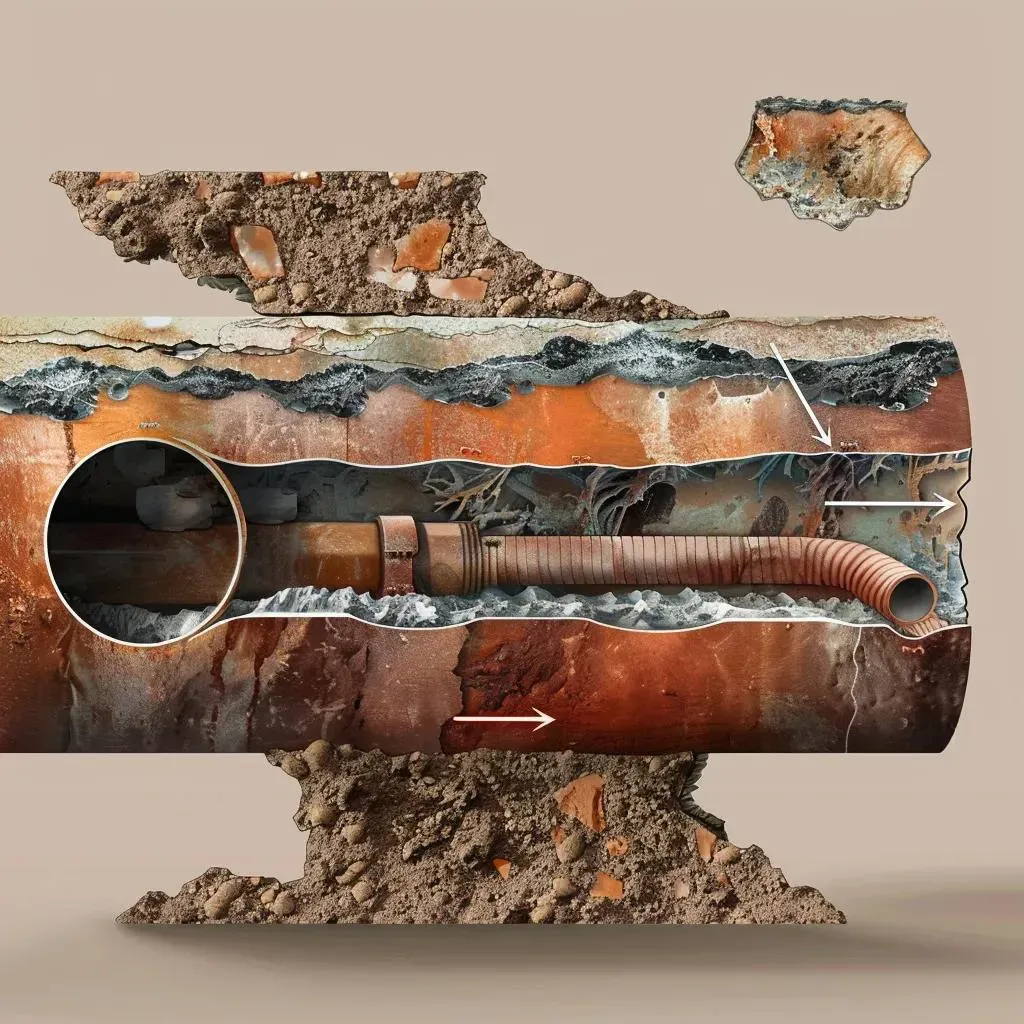
Pipe corrosion happens when metal reacts with oxygen and dissolved solids, forming rust and scale that flake off into the water supply. This process releases heavy metals, such as lead and copper, into tap water, posing neurological and gastrointestinal risks. Recognizing corrosion early helps prevent these contaminants from accumulating in your home’s drinking lines.
What Role Does Sediment Buildup Play in Water Contamination?
Sediment buildup forms when hard minerals like calcium and magnesium deposit along pipe walls and trap organic matter. These deposits create a porous habitat for bacteria, which multiplies in stagnant water and can release toxins. Flushing or professional cleaning removes sediment and restores water clarity and safety.
How Do Old and Lead Pipes Affect Drinking Water Safety?
Pipes installed before 1986 often contain lead solder or lead-lined materials. As water flows through aging lines, it dissolves lead particles, elevating lead concentrations in drinking water. Replacing outdated plumbing with modern, code-compliant materials eliminates this leaching and protects household health.
Lead Contamination in Drinking Water
Lead exposure from corroded pipes can lead to significant health issues, particularly in children. Research indicates that even low levels of lead exposure can cause neurological deficits and developmental delays. The Environmental Protection Agency (EPA) has established action levels to mitigate these risks.
Can Backflow and Cross-Contamination from Clogged Pipes Impact Water Quality?
Yes. When downstream pressure drops, often due to blockages, wastewater can reverse flow and mix with potable water. This backflow introduces bacteria, viruses, and chemical residues into clean lines, making backflow prevention devices essential to maintaining water purity.
Backflow Prevention and Water Quality
Backflow can introduce contaminants into the potable water supply, highlighting the importance of backflow prevention devices. These devices are essential to maintain water purity by preventing the reverse flow of wastewater into clean water lines. Regular inspection and maintenance of these devices are crucial.
What Are the Common Signs of Water Quality Problems Caused by Clogged Pipes?
Visible and sensory indicators often reveal plumbing-related water contamination before testing confirms it. Homeowners should watch for:
- Discolored or Cloudy Water
- Foul Odors and Unpleasant Tastes
- Low Water Pressure
These signs signal that debris, corrosion, or microbial growth is compromising your supply.
How to Recognize Discolored or Cloudy Water from Plumbing Issues?
Water that appears brown, yellow, or murky often carries rust particles or sediment. Cloudiness can indicate air trapped by blockages or dissolved solids in high concentration. Identifying these discolorations early helps you address pipe issues before contaminants spread.
What Do Foul Odors and Unpleasant Tastes Indicate About Water Quality?
Sewage or sulfur (“rotten egg”) smells point to bacterial activity or decaying organic matter in stagnant sections. Metallic or bitter tastes suggest elevated metal levels from corroded pipes. Both sensory cues warn of contamination that requires professional inspection.
How Does Low Water Pressure Signal Plumbing-Related Contamination?
Reduced flow often accompanies severe blockages, creating pockets of stagnant water. Stagnation fosters bacterial colonies that can infiltrate fixtures and pose health hazards. Restoring proper pressure through cleaning or repair eliminates these contamination hotspots.
What Health Risks Are Associated with Water Contamination from Clogged Pipes?
Contaminated water exposes occupants to a range of medical conditions and environmental hazards. The following table links specific risks to their underlying causes:
| Health Risk | Cause | Impact |
|---|---|---|
| Gastrointestinal Illnesses | Bacteria in stagnant water | Diarrhea, vomiting, intestinal infections |
| Respiratory & Skin Issues | Mold & biofilm growth | Asthma triggers, dermatitis, rashes |
| Heavy Metal Poisoning | Lead/copper from corrosion | Neurological deficits, developmental delays |
| Pest-borne Diseases | Mosquitoes & rodents breeding | West Nile virus, leptospirosis |
Which Gastrointestinal Illnesses Can Result from Contaminated Water?
Waterborne bacteria such as E. coli, Salmonella, and Shigella can flourish in clogged lines, leading to stomach cramps, diarrhea, and dehydration. Prompt removal of blockages and sterilization of pipelines prevents these pathogens from reaching taps.
How Do Respiratory Issues and Skin Irritations Link to Plumbing Problems?
Mold and bacterial biofilms that develop in neglected drains release spores and endotoxins into the air and water. Inhalation or skin contact may trigger asthma, sinusitis, eczema, and dermatitis, making thorough drain cleaning a key preventive measure.
What Are the Risks of Bacterial Growth and Pest Infestations in Stagnant Water?
Stagnant water behind clogs becomes a breeding ground for mosquitoes, rodents, and insects that carry diseases. Combined with bacterial colonies, this dual threat can spread infections like West Nile virus and leptospirosis throughout a property.
How Can Residential Plumbing Services Improve Water Quality Affected by Clogged Pipes?
Professional interventions restore water safety by eliminating blockages, testing for contaminants, and installing treatment systems. Core service offerings include:
- Drain Cleaning → Hydro-jetting or snaking removes debris and biofilm
- Pipe Repair/Replacement → Upgrades eliminate corrosion and lead sources
- Water Filtration & Treatment → Filtration membranes and UV systems remove pathogens and metals
These solutions ensure consistent flow, clear water, and long-term protection against contamination.
How Does Professional Drain Cleaning Restore Water Flow and Quality?
Hydro-jetting uses high-pressure water to scour pipe walls, dislodging sediment and biofilm that harbor bacteria. This process reinstates optimal flow rates, reduces foul odors, and prevents future microbial proliferation in residential systems.
When Is Pipe Repair or Replacement Necessary to Prevent Contamination?
Visible corrosion, recurring leaks, or lead-tested results above safety thresholds signal the need for pipe replacement. Modern PVC or copper lines eliminate heavy-metal leaching and fortify the plumbing network against clogs and decay.
How Do Water Filtration and Treatment Systems Enhance Drinking Water Safety?
Point-of-use filters, reverse-osmosis units, and UV sterilizers capture impurities, such as lead, chlorine, sediment, and bacteria, before they reach faucets. Installing these systems adds a final barrier that complements pipe maintenance and repair.
What Preventative Maintenance Steps Can Homeowners Take to Protect Water Quality?
Regular upkeep minimizes clog formation and preserves clear, safe water. Follow these steps:
- Schedule pipe inspections and flush lines every 12–24 months.
- Use eco-friendly cleaners like enzyme-based solutions to dissolve organic buildup.
- Install strainers on fixtures to catch hair and debris.
Consistent maintenance safeguards water quality and extends plumbing lifespan.
How Often Should Pipes Be Inspected and Flushed to Avoid Clogs?
Inspecting and flushing pipes once a year removes lingering sediment before it hardens. For homes with hard water or older lines, a six-month schedule prevents mineral accumulation and microbial growth.
What Eco-Friendly Practices Help Maintain Clean Water in Residential Plumbing?
Avoid chemical drain cleaners that degrade pipes and pollute downstream systems. Instead, use bacterial enzyme treatments and natural descalers to break down grease and mineral deposits without harming pipe integrity or local water resources.
Conclusion
Catching minor leaks, corrosion spots, or low-pressure areas early stops contaminants from entering the water stream and reduces repair costs. Timely intervention maintains drinking water purity and prevents health risks from escalating.
Clean water depends on clear pipes, and clear pipes depend on proactive maintenance and professional care. By understanding the causes, signs, and risks of contamination in clogged pipes Cumming GA residents have trouble with, homeowners can ensure every drop meets the highest safety standards.
Expert Plumbing Solutions
From leaky faucets to major installations, our certified plumbers provide reliable service you can trust.
Smart Tips for Your Home
We'll send you useful tips and special offers to help you maintain your plumbing and save money.
Contact Us
We will get back to you as soon as possible.
Please try again later.
